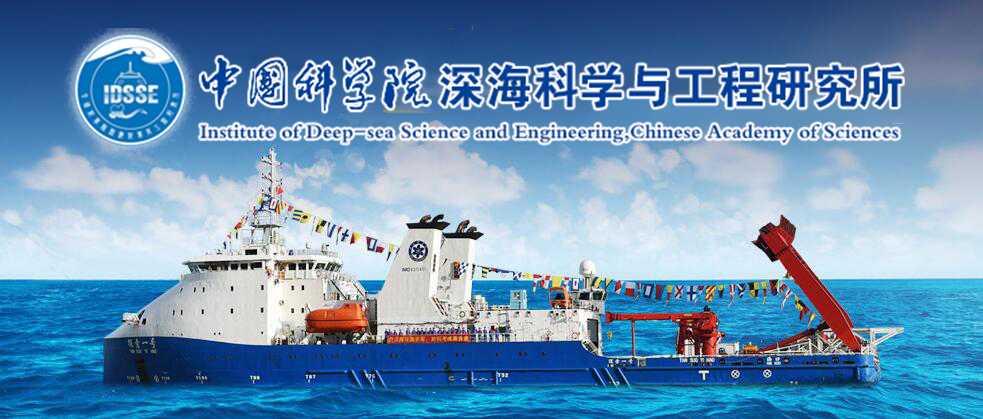Subduction zones are critical interfaces for lithospheric volatile fluxes, where complex tectonic and geochemical interactions facilitate the release of gases and fluids from deep-seated reservoirs within the Earth's crust. Mud volcanism, as a dynamic manifestation of these processes, contributes CH4 emissions that influence the global methane budget and impact marine ecosystems. Although similar to 2000 CH4-rich mud extrusions have been documented in subduction zones globally, the geological origins and subductionrelated geochemical and tectonic mechanisms driving these emissions remain poorly understood. This research examines the Makran subduction zone which hosts one of the world's largest accretionary wedge and extensive CH4-rich mud extrusions, as a model system. Integrated geochemical, geophysical, and geological observations reveal that thermogenic CH4 and clay-rich fluidized muds originate from deeply buried Himalayan turbidites (underthrusted sediments), driven by organic-rich sediment maturation and high fluid overpressure. Key tectonic features, including thrust faults, overburden pressure of wedge-top sediments, normal faults, brittle fractures, and seismicity, facilitate CH4-rich mud extrusions into the hydrosphere and atmosphere. The extruded gases are predominantly CH4, with minor C2H6, C3H8, i-C4H10, and n-C4H10 while the mud breccia exhibits a chemical composition dominated by SiO2, Al2O3, and Fe2O3, enriched with trace elements (Rb, Zr, and V) and clay minerals, quartz, and carbonates. Geochemical indicators suggest intense chemical weathering and mature sediments classifying the mud breccia as litharenite and sub-litharenite, indicative of deep burial and compaction. These findings model the evolution of CH4-rich mud extrusions through three geological stages: (i) Eocene to Early Miocene pre-thermogenic formation of the CH4-rich source, (ii) Middle Miocene to Pliocene synthermogenic CH4 and fluidized mud generation, and (iii) Pleistocene to Recent post-thermogenic CH4-rich fluidized mud migration. These findings underscore the critical yet often overlooked role of subduction-related geochemical and tectonic processes in CH4 generation and emission, with significant implications for the global CH4 budget and marine ecosystems. (c) 2025 China University of Geosciences (Beijing) and Peking University. Published by Elsevier B.V. on behalf of China University of Geosciences (Beijing). This is an open access article under the CC BY-NC-ND license (http://creativecommons.org/licenses/by-nc-nd/4.0/).


 琼公网安备 46020102000014号
琼公网安备 46020102000014号
